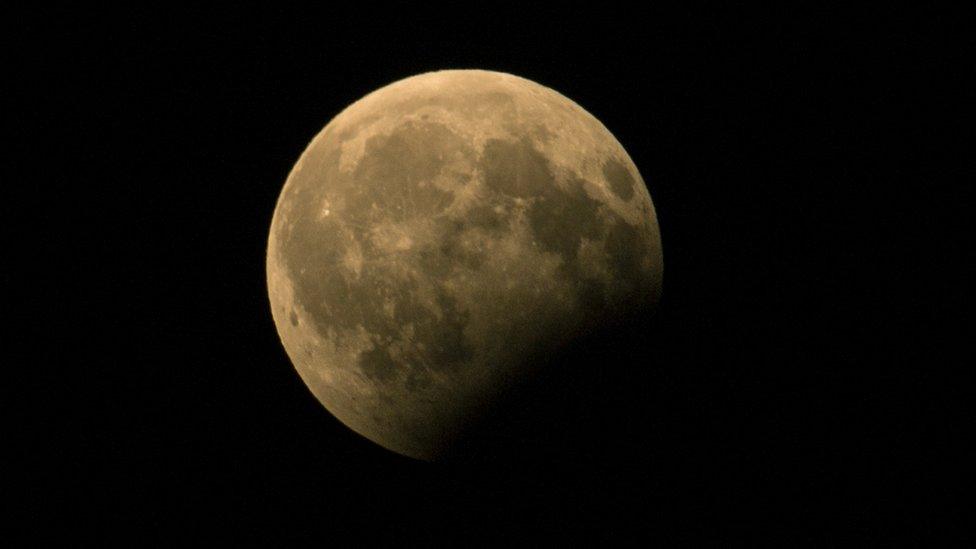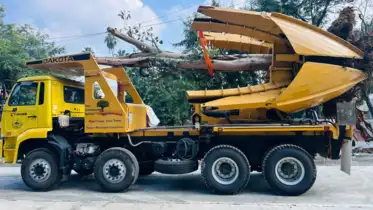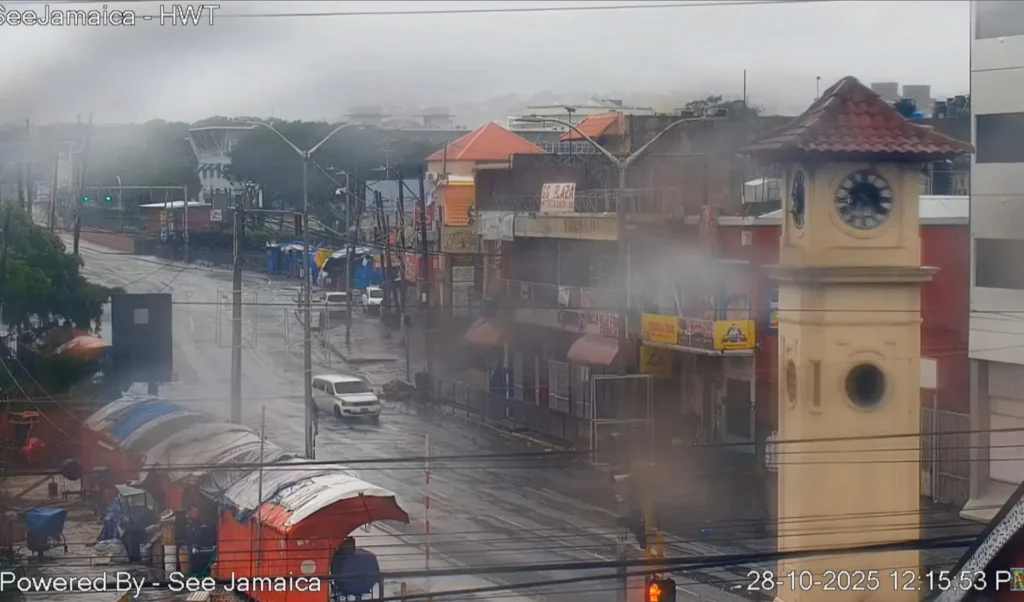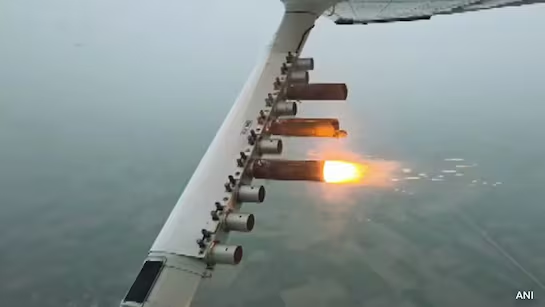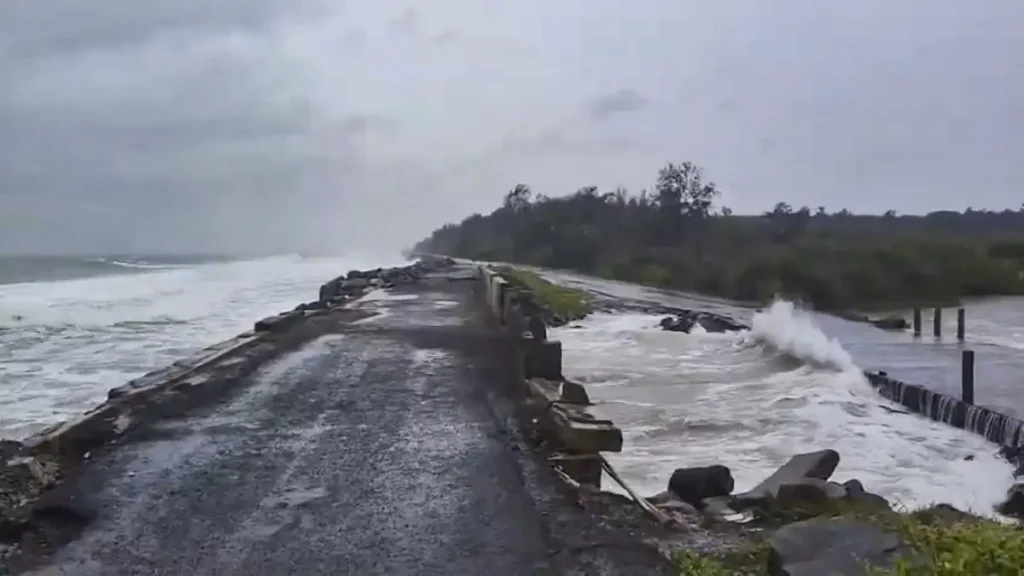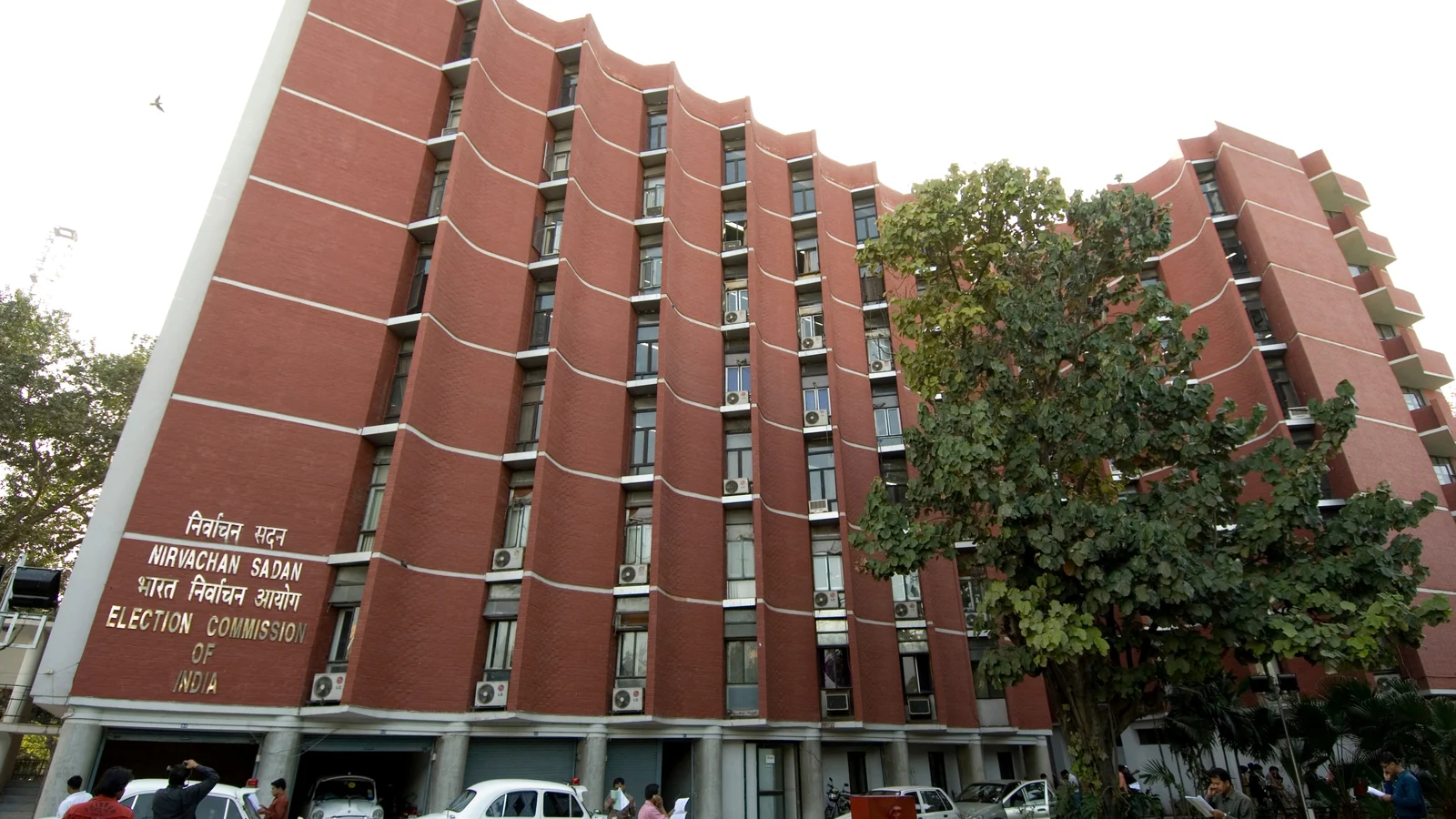Now Reading: IMD Predicts Above-Normal Rainfall in August–September; Launches New Tool for Real-Time Data Tracking
-
01
IMD Predicts Above-Normal Rainfall in August–September; Launches New Tool for Real-Time Data Tracking
IMD Predicts Above-Normal Rainfall in August–September; Launches New Tool for Real-Time Data Tracking
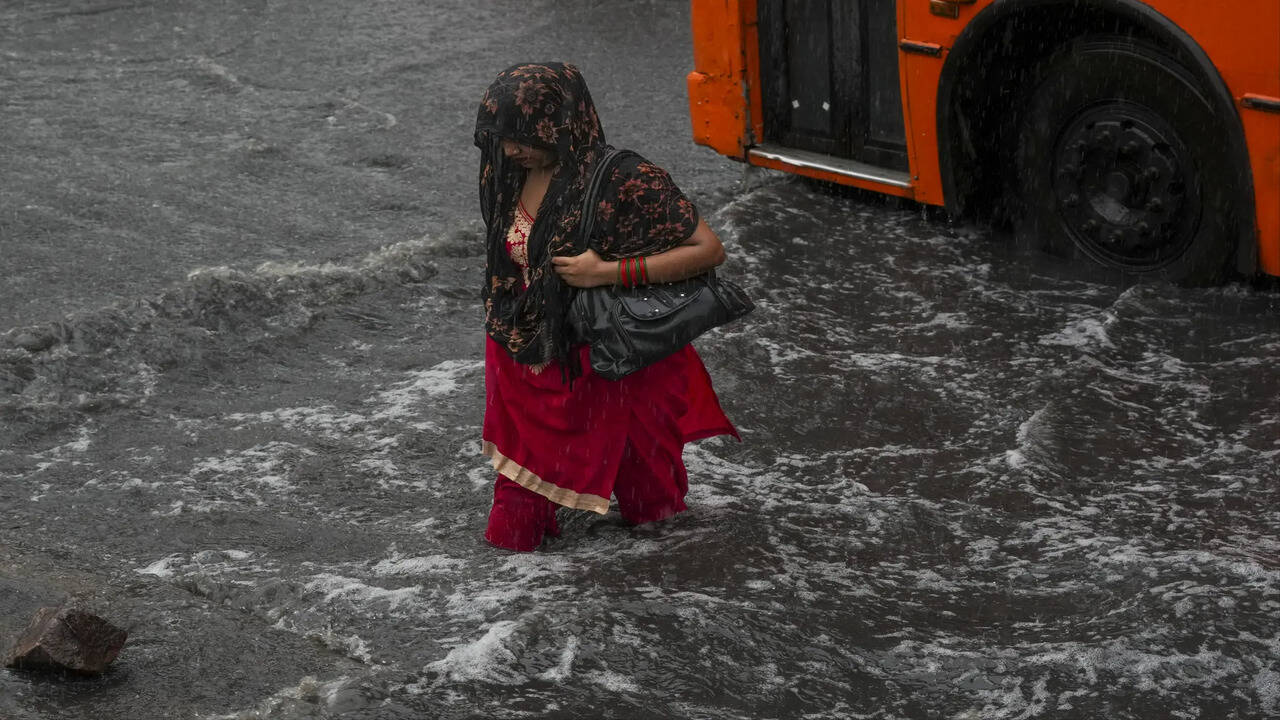
The Indian Meteorological Department (IMD) has forecasted higher-than-usual rainfall for August and September across many parts of the country. Alongside this, a new initiative has been rolled out to offer real-time rainfall data for over 7,000 blocks, aiming to improve preparedness at the local level. This move holds major relevance for farmers, city planners, and residents in Tier 2 regions where timely rainfall information can directly impact livelihoods.
More Rain, Better Planning
The IMD’s seasonal outlook points towards above-normal rainfall activity in the second half of the monsoon. This is expected to benefit rain-fed crops, especially in central and eastern India, and could potentially ease the pressure on water reservoirs.
However, heavier-than-usual rainfall also increases the risk of urban flooding and crop damage if local bodies are unprepared. Hence, accurate and timely updates become crucial for both rural and urban populations.
Real-Time Updates for 7,200 Blocks
In a major digital push, IMD has launched a system to deliver block-level rainfall information across 7,200 locations in India. This means people in smaller towns and rural areas will no longer have to rely only on district-level forecasts.
With data available in near real-time, this system can help local administrations make faster decisions during extreme weather—be it deploying flood response teams or advising farmers on when to sow or harvest.
Why It Matters to Tier 2 and Rural India
Tier 2 cities and rural districts are more vulnerable to erratic weather patterns. Whether it’s Nashik, Nagpur, Indore, or smaller farming towns in Odisha or Chhattisgarh, rainfall isn’t just weather—it’s the economy. A strong or weak monsoon directly affects crops, local food prices, power supply, and even school attendance.
This new tool bridges a critical gap in localized weather forecasting. For example, a farmer in Amravati can now track rainfall block-wise, rather than depending on a vague regional prediction. Similarly, small city municipalities can plan better drainage and waste management during intense showers.
Conclusion
As climate patterns shift and extreme weather becomes more common, tools like IMD’s real-time rainfall tracker offer a much-needed upgrade to India’s monsoon management. Above-normal rains this season may be a relief for agriculture, but only if matched with swift action at the local level. With better data and wider access, cities and villages now have a stronger grip on what the skies may bring next
